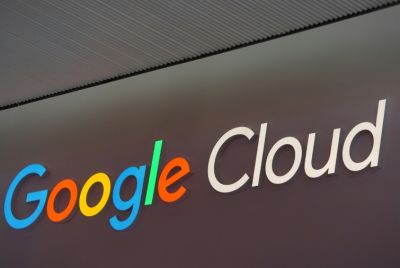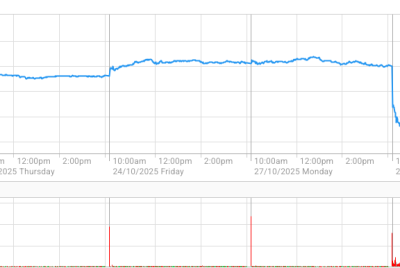iPhone 4S Doubles Data Consumption; Networks Struggling to Keep Up
According to records, Apple, Inc.'s (NYSE:AAPL) iPhone 4S double data consumption compared to its predecessors due to its new features, including Siri. This put pressure to networks to make data transfer faster.
When Apple introduced and released its iPhone 4S last October 2011, a number of reviewers were disappointed of the few improvements of the iPhone. However, consumers have a strong demand on the product and they are using the mobile phone extensively.
Current data transfer with the new iPhone is three times greater than the iPhone 3G model, which was used as the benchmark of the study conducted by the telecom network technology firm Arieso. The study showed that Data usage of the previous model, the iPhone 4, was only 1.6 times higher than the iPhone 3G, while iPad2 tablets consumed 2.5 times more data than the iPhone 3G.
The increase in data consumption is due to iPhone 4S' built-in feature Siri. The 4S has the highest downlink data volumes of any phone measured in Arieso's study, which covers more than 1 million subscribers, ranking slightly behind the Android-powered HTC Desire S.
The study pointed out the consumption is not evenly distributed and a smaller number of incredibly powerful users account for the surge. Also, the survey suggests in addition to Siri, better mobile network infrastructure, more data-demanding apps and higher-resolution image and video sharing also account for the increase.
The current generation of smartphones has placed increased demand on the carrier bandwidth provided by the networks as high end applications are being developed that intensifies personal use.
The increase in data consumption caused more pressure to wireless operators to hasten their speed capacities in order to keep up with the growing demand of mobile services. Moreover, the wireless operators have to work its way around the already clogged network.
Wireless operators are so keen in making more revenue from Internet browsing and the use of social networking and traditional voice calls declines. However, this yields to more congested networks. Due to the fear of losing consumers, few networks admitted the problem of keeping up with data traffic. However, majority of networks are experiencing difficulties to meet the demand.





















